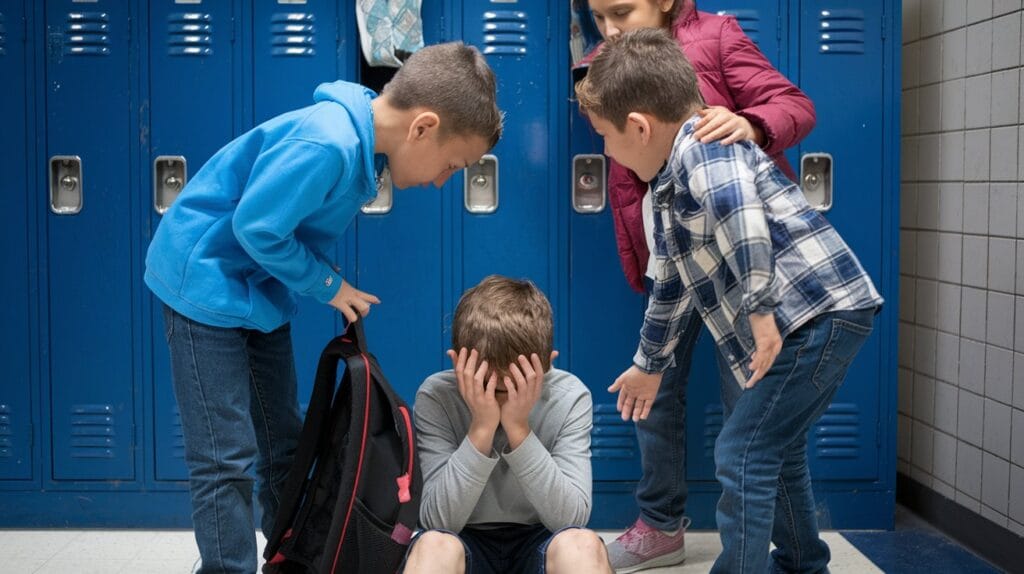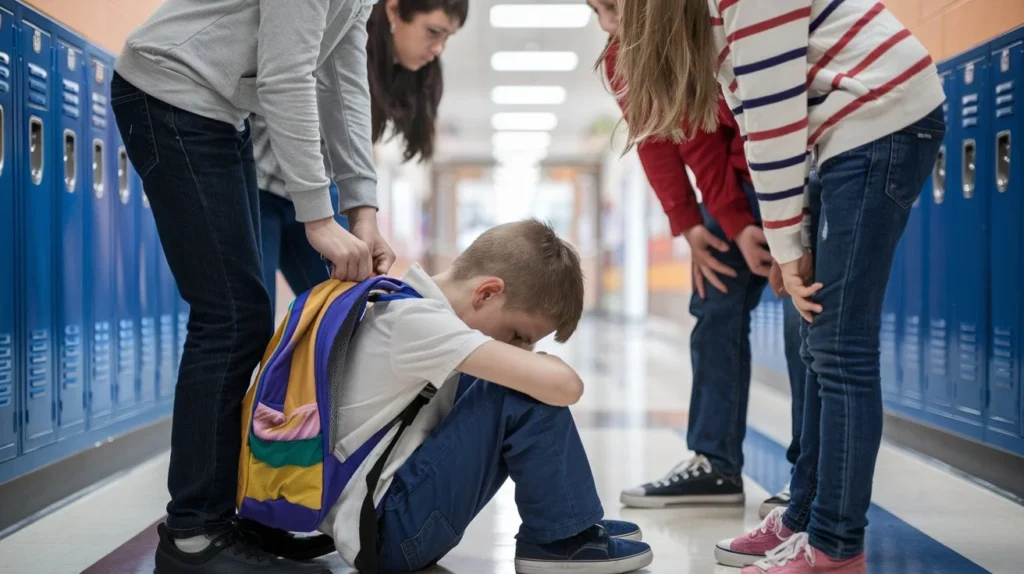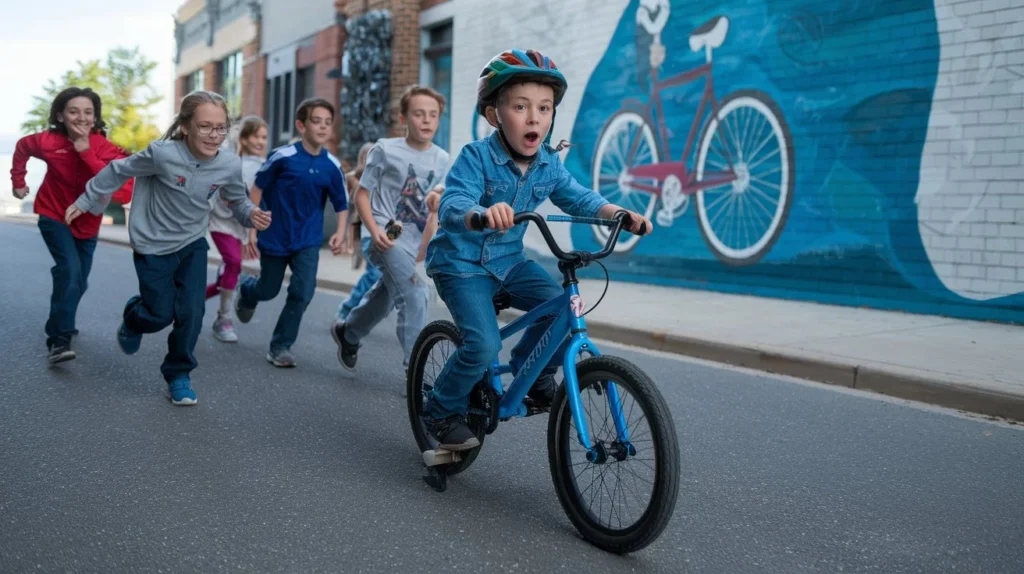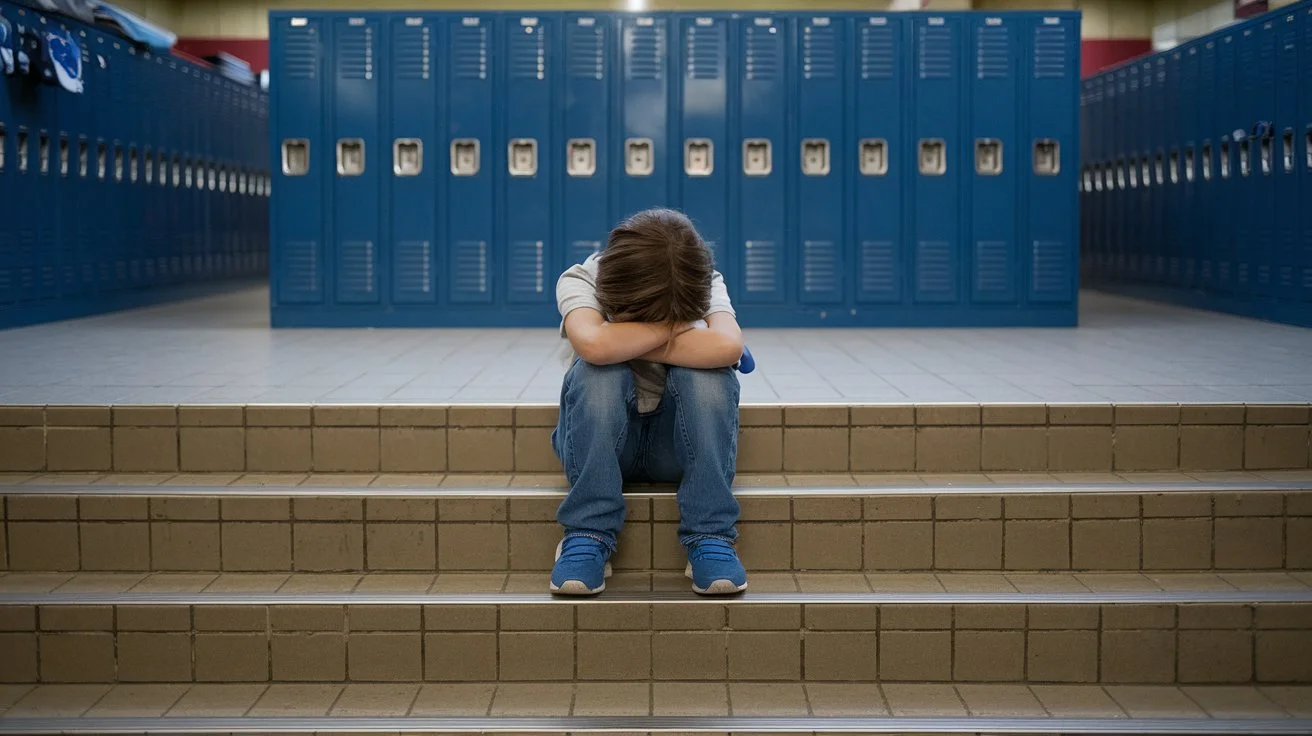The Lasting Impact of Bullying on Child Mental Health
Table of Contents
Introduction
Bullying in schools is a complex and troubling issue that extends far beyond the playground. It’s a phenomenon that, while often associated with isolated incidents, can deeply affect a child’s mental health and development. If you’ve witnessed bullying or known a child impacted by it, you understand that its effects can last for years, manifesting in various forms, from anxiety and depression to difficulty forming social bonds.
This article delves into the long-term mental health consequences of bullying, supported by recent cognitive research. By examining the factors that make bullying so damaging, this article aims to provide you with a better understanding of how it affects young minds and how we can support children on their journey to mental well-being.
The Rising Rates of Bullying and Its Consequences
According to recent studies, bullying in schools remains alarmingly prevalent. The following table offers a look at the percentage of children reporting bullying over the last decade.
| Year | Percentage of Students Reporting Bullying |
|---|---|
| 2012 | 22% |
| 2016 | 20% |
| 2020 | 19% |
| 2023 | 21% |
Source: National Center for Education Statistics (NCES)
While the data show only slight changes over time, the effects remain consistent and severe, often resulting in long-term psychological impacts.
Why Bullying is So Damaging to Child Mental Health
Bullying affects mental health at a developmental stage when children’s brains are highly sensitive to social interactions and self-concept. Research on cognitive development shows that young people rely heavily on peer interactions to develop their sense of self-worth, confidence, and resilience. Here are some key factors explaining the harmful effects of bullying:
1. Social Rejection and Loneliness
When a child is bullied, they often face social exclusion, which creates a sense of loneliness that can persist. This isolation has a profound effect on mental health, particularly if the child begins to internalize the bullying, thinking that they somehow deserve it. Feelings of rejection can lead to diminished self-esteem and an increased risk of depression and anxiety.
| Impact | Percentage of Bullied Children Affected |
|---|---|
| Depression | 40% |
| Anxiety | 37% |
| Low Self-Esteem | 45% |
| Social Withdrawal | 50% |
Source: National Child Traumatic Stress Network (NCTSN)
2. Emotional Dysregulation and Stress
Bullying triggers chronic stress, which can alter a child’s ability to regulate their emotions. When a child endures repeated harassment or physical aggression, their brain may remain in a heightened state of arousal, as if in “fight or flight” mode. Over time, this can interfere with the development of essential emotional regulation skills, making it harder for them to manage their feelings.
3. Cognitive Effects and Academic Impact
A child experiencing bullying may find it hard to focus on schoolwork, which can negatively impact their cognitive development and academic performance. Studies show that chronic bullying is linked to lower scores in reading and math, partly because children in distress are less able to focus, process information, or retain what they’ve learned.

The Role of Cyberbullying and Its Unique Challenges
While traditional bullying occurs in school corridors or playgrounds, the rise of social media has introduced a new form: cyberbullying. Unlike face-to-face interactions, online bullying can happen anytime, making it difficult for children to find a safe space. This form of harassment is particularly insidious, as it leaves a digital footprint that children may relive repeatedly, amplifying its emotional impact.
The Cognitive Impact of Cyberbullying
Cognitive studies reveal that children who experience cyberbullying often show signs of post-traumatic stress, as their brains struggle to process the lingering presence of harmful messages or images. Furthermore, the public nature of online bullying can create a sense of shame that’s even more damaging than traditional bullying, as the child may feel like their humiliation is on display.
| Bullying Type | Psychological Impact | Level of Prevalence |
|---|---|---|
| Verbal (face-to-face) | Anxiety, low self-esteem | 10% |
| Physical | Aggression, withdrawal | 7% |
| Cyberbullying | Depression, shame | 15% |
Source: Pew Research Center, 2023
The Cognitive Science Behind the Effects of Bullying
Cognitive neuroscience has shown that the effects of bullying can reshape a child’s brain. This happens because the brain, especially in childhood, is highly plastic, meaning it adapts based on experiences. Here’s how bullying impacts different brain areas:
1- Amygdala – The Center of Fear and Aggression
The amygdala, which is crucial in processing fear and emotional responses, is particularly sensitive to repeated stress. In children who face bullying, this part of the brain becomes overactive, leading to an exaggerated fear response and increased anxiety. Over time, this heightened sensitivity can make them perceive everyday situations as threatening.
2- Prefrontal Cortex – The Hub of Decision-Making and Social Behavior
The prefrontal cortex helps in managing impulses, making decisions, and regulating emotions. For children subjected to bullying, the connection between the prefrontal cortex and the amygdala may weaken, causing difficulties in managing emotions and responding rationally to social situations.
3- Hippocampus – Memory and Learning
Bullying-related stress can shrink the hippocampus, the brain area responsible for memory and learning. This change can affect a child’s ability to retain information, leading to academic challenges that further compound feelings of failure or inadequacy.
Recognizing Signs of Mental Health Issues in Bullied Children
Spotting signs of mental distress in children can be challenging. If you know a child who has experienced bullying, these are some red flags to look out for:
| Behavioral Signs | Mental Health Indicators |
|---|---|
| Decline in academic performance | Anxiety |
| Frequent physical complaints (headaches, stomachaches) | Depression |
| Avoidance of social situations | Low self-esteem |
| Changes in sleep or eating habits | Social withdrawal |
If you recognize several of these symptoms, it’s advisable to consult with a mental health professional for further assessment.

How to Support a Child Experiencing Bullying
As a parent, teacher, or caring adult, you can help a child cope with bullying by offering emotional support and practical solutions. Here are some evidence-based strategies:
1- Encourage Open Communication
Let the child know it’s safe to talk about their experiences without fear of judgment. Validating their feelings and reassuring them that they’re not at fault can help alleviate feelings of isolation.
2- Teach Coping Skills
Cognitive-behavioral techniques, such as deep breathing or visualization, can help children manage their stress response. Mindfulness exercises can also reduce anxiety by teaching them to stay grounded in the present moment.
3- Involve School Personnel
If bullying occurs in a school setting, working with school counselors and teachers can create a more supportive environment. Schools often have protocols in place to address bullying, and involving the right people can provide additional resources.
4- Limit Screen Time
For children facing cyberbullying, reducing exposure to social media can lessen the impact. Encourage alternative activities, such as sports, hobbies, or spending time with friends in person, which can help them focus on positive experiences and connections.
Frequently Asked Questions (FAQs)
1. How does bullying affect children differently than adults?
Children are in crucial stages of emotional and cognitive development, making them more vulnerable to the lasting effects of bullying. Unlike adults, children may have fewer coping mechanisms and can carry the psychological scars of bullying into adulthood.
2. Can cyberbullying be as harmful as physical bullying?
Yes, studies show that cyberbullying can be just as damaging, if not more so, than physical bullying. Because it can occur at any time and is often public, it has a unique capacity to cause shame and depression.
3. Are there specific signs that indicate a child is experiencing bullying?
Signs may include withdrawal from social situations, decline in school performance, changes in appetite, or sleep disturbances. Frequent physical complaints, such as headaches or stomachaches, may also signal bullying-related stress.
4. How can schools help in preventing bullying?
Schools can implement anti-bullying programs that foster positive social skills, encourage peer support, and educate students on the effects of bullying. Open communication between students, teachers, and parents is essential to prevent bullying from escalating.

Conclusion
Bullying’s impact on children’s mental health is profound and often underestimated. Cognitive research shows that bullying affects not only emotional well-being but also brain development, shaping a child’s ability to regulate emotions, form relationships, and succeed academically. Understanding the signs of bullying and supporting young people through these experiences is crucial for helping them develop resilience.
If you are a parent, teacher, or simply someone who cares about children, you play a powerful role in providing support. Let’s work together to foster an environment where every child feels valued, safe, and empowered to thrive.
References
- National Center for Education Statistics. (2023). School Crime and Safety: Statistics on Bullying in Schools.
- National Child Traumatic Stress Network. (2023). Effects of Bullying on Child Mental Health.
- Pew Research Center. (2023). Cyberbullying and Its Impact on Youth.
- American Psychological Association. (2022). *The Cognitive Effects of Bullying







